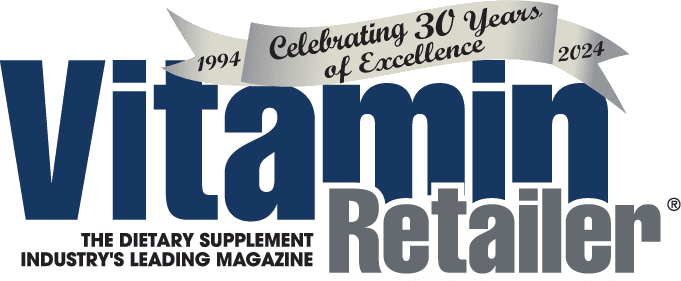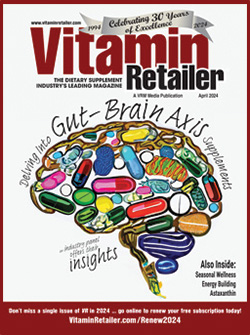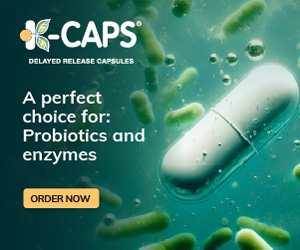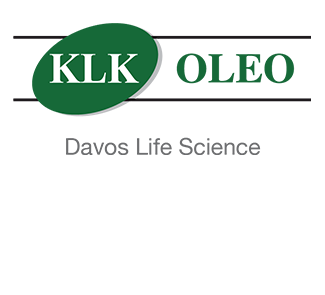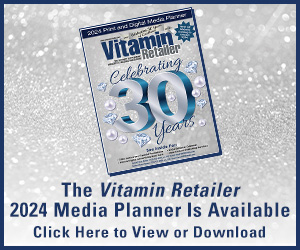Today, health-conscious consumers are increasingly seeking out food products not only with fewer ingredients and a “clean label” (i.e. natural, no artificial ingredients, non-GMO [genetically modified organism], gluten free, allergen free, etc.), but also foods produced in a manner that minimizes harm to the environment, among other ethical business practices.
Yet consumers are not well informed around the topic of gluten, according to a 2015 survey from NSF International, a global public health and safety organization. The survey found that despite having heard of gluten, most Americans couldn’t correctly define it or identify products that could contain the protein.
This knowledge gap on where gluten is found can become problematic for those consumers relying on their knowledge of gluten free to make purchasing decisions. According to the survey, nearly half (46 percent) of Americans aware of gluten say their first step in determining if a product is gluten free is to view the list of ingredients on product packaging. Another 31 percent look first for a gluten-free seal or mark on the packaging.
People look at food labels for different reasons. But whatever the reason, many consumers would like to know how to use this information more effectively and easily. Depending on if it is a gluten-free or allergen-free claim, there are different pieces of legislation to support these efforts, along with mandatory and voluntary guidelines which can continue to be part of the consumer confusion.
Which Food Allergens are Required to be Labeled?
The Food Allergen Labeling and Consumer Protection Act of 2006 made it mandatory that packaged foods be clearly labeled if they contain any of the eight major allergen groups. The following class of eight FDA (U.S. Food and Drug Administration)-recognized allergens are ingredients in almost 200 different foods that can cause severe allergic reactions:
• Peanuts: which includes peanut flour, hydrolyzed protein, but not peanut oil
• Tree nuts: Walnuts, hazelnuts, almonds, cashews, for example
• Milk: Any protein from cow’s milk, including milk, cream, dry milk, whey
• Eggs: Whites, yolks, albumen, powdered eggs
• Soy: Includes soy beans, soy protein, soy flour, but not soybean oil
• Wheat
• Seafood: Fish such as bass, flounder, cod
• Crustaceans: Shellfish such as crab, lobster, shrimp. Also includes molluscs such as clams, mussels and scallops as well as Cephalopods such as squid.
These foods account for 90 percent of food allergic reactions, according to the USDA (U.S. Department of Agriculture).
TIP: A Norwich-based company, Food Angel, has invented a mobile phone application called “IsItInIt,” which scans bar codes on products and deciphers whether or not that contain food allergens.
Seals of approval were created to simplify the process of label reading, but before jumping on the “seal of approval” bandwagon, it’s important to understand the legal implications of various types of certification. For example, some seals are legally defined and require third-party certification while others are just voluntary.
Gluten-free Product Certification: Federally Defined, No Certifier Required
A popular and necessary claim being made on food products is “gluten free.” In August 2014, the FDA began requiring food companies making gluten-free claims to adhere to specific federal regulations.
However, it is important to note that the FDA does not approve third parties for gluten-free certification, nor is certification required to make the gluten-free claim. Food companies are free to obtain gluten-free certification from a reliable third party of their choosing, as long as that certifier uses the FDA definition at a minimum. (Some certifiers go further.)
Key Associations Involved in Gluten-free Certifications
Let’s look at the four main groups offering gluten-free product certification to food manufacturers, their guidelines, and the certification process to help shed some light on what it means when we, as consumers, see a gluten-free “seal of approval” on a product in the supermarket.
Celiac Sprue Association
The Celiac Sprue Association’s gluten-free mark indicates 5 ppm (parts per million) and limits ingredients to “risk-free” choices (not containing wheat, rye, barley, oats, or their derivatives) in product, processing, and packaging. With the most stringent labeling guidelines, the CSA requires foods to contain less than 5 ppm. Visit www.csaceliacs.org.
Gluten-Free Certification Organization
The Gluten-Free Certification Organization, is a program of the Gluten Intolerance Group, it certifies to less than 10 ppm, using two rigorous standardized testing methods. More than 13,000 products carry the seal. Visit www.gfco.org.
NSF International
Organic certifier and its parent organization, 70-year food safety expert NSF International, created this seal, which ensures compliance to 20 ppm. QAI (Quality Assurance International) also provides “bundled” certifications with organic, eco-social, and more. Visit www.nsf.org.
Beyond Celiac
Beyond Celiac is a non-profit organization focusing on increasing diagnosis of celiac disease and related disorders requiring a gluten-free lifestyle. This group requires products contain less than 10 ppm of gluten for their certification. Visit www.beyondceliac.org
TIP: Is that Gluten Free? ($7.99): This iPhone app features a database of 23,000 gluten-free products from more than 510 brands, making it a great app for grocery store shopping. Users can search by category, brand or product name and can rate and add notes to products. Comments from manufacturers appear about the gluten-free foods, cross-contamination and other topics.
The Gluten Detective ($1.99): This app, developed by the Academy, is an easy tool to help users determine whether a food contains gluten. It has information on food labeling, ingredients, nutrition tips, gluten-free grains and cross-contamination. The app also can be useful to dieticians who want to teach label reading to clients.
It is important to remember that consumers are confused and at best are using common sense when reading labels. The tools they are using to sort the wide range of information they receive can include: digital apps, online research, asking questions about ingredients of manufacturers and retailers, as well as the preparation of food at a restaurant. Performing diligent label reading at the grocery store is the most critical of their efforts and it is great to know that there are retailers and products out there that cater to the gluten-free/allergen-free community and do so responsibly.”
A brand champion and trend expert, Tricia Ryan has more than 15 years of progressive experience in marketing and communications with a focus on food and consumer packaged goods in the food and beverage industry. She is a principal at the Gluten-Free Agency providing strategic and communication expertise on the gluten-free market. She also leads the Gluten-Free Certification Program in its marketing efforts across North America. She has an MBA in marketing and business, and has completed her internship as a registered dietitian.
